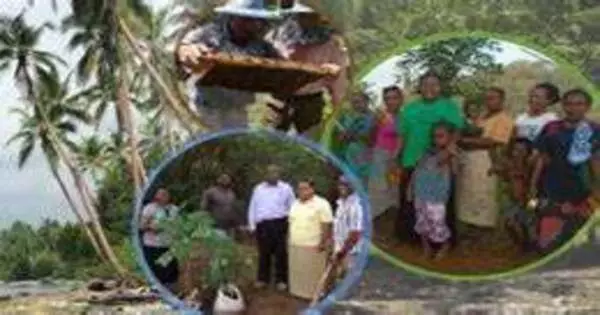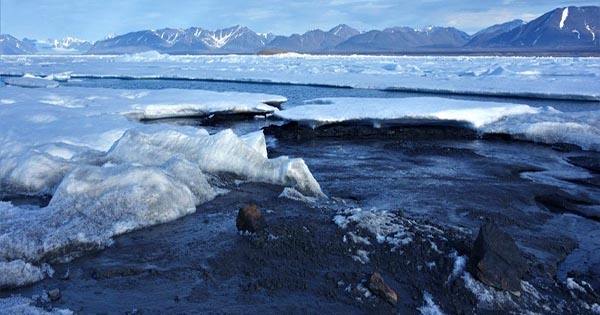A conservation community (or conservation development) is a hybrid land development strategy that combines real estate and conservation, consisting of both protected areas and human communities, with the primary purpose of preserving huge tracts of land from ecological degradation. It can refer to a collection of people, organizations, or stakeholders who work together to conserve and safeguard the environment and natural resources.
Conservation groups can take many different shapes and have many varied purposes, but they all have a common dedication to maintaining and protecting the natural world. This area can be forested, agricultural, ranch, or any other form of land that needs to be protected from high-impact development. This model differs from other protected area models in that it integrates human communities within nature rather than transferring them outside, and as such it is classified as a Category V protected area by the IUCN.
The paradigm symbolizes an inherent balance between humans and nature, and it can support for-profit activity such as residential communities, private clubs, or small-scale industrial activity under conditions that ensure an area’s continuous protection or ecological restoration.
Key aspects of a conservation community may include:
- Environmental Protection: Conservation groups frequently aim to safeguard ecosystems, wildlife, and habitats from dangers such as pollution, habitat destruction, climate change, and resource over-exploitation.
- Biodiversity Conservation: Many conservation communities are dedicated to preserving the diversity of plant and animal species on Earth, acknowledging biodiversity’s intrinsic importance and function in maintaining ecological equilibrium.
- Advocacy and Education: These communities frequently participate in lobbying and educational initiatives to raise conservation awareness, promote sustainable practices, and influence policy decisions at the local, national, and worldwide levels.
- Research and Science: Scientific research is fundamental to conservation efforts. Researchers within the conservation community may study ecosystems, conduct wildlife surveys, and develop strategies for mitigating environmental threats.
- Collaboration: Conservation communities often collaborate with governments, non-governmental organizations (NGOs), local communities, and other stakeholders to achieve their goals. Cooperation is essential for effective conservation.
- Sustainable Practices: Encouraging and implementing sustainable practices, such as responsible resource management, eco-friendly agriculture, and renewable energy solutions, is a common focus of conservation efforts.
- Protected Areas: Conservation communities may advocate for and establish protected areas like national parks, wildlife reserves, and marine sanctuaries to conserve critical habitats and species.
Conservation communities are types of sustainable community development that offer an alternative to traditional development methods. They are flexible to the needs of diverse places, and they fund conservation through small-scale residential construction, avoiding the need to rely only on funding from individual donors or governments, though such investments are occasionally supplemented. This land development strategy is critical to the Environmental movement’s aims of sustainable development, Green homebuilding, local food security, and responsible natural resource management.
Conservation communities can be local, regional, or global in scope, and they can focus on a variety of topics, including rainforest preservation, marine conservation, climate change mitigation, and more. Their activities are critical for tackling environmental issues and safeguarding the planet’s long-term viability.
















